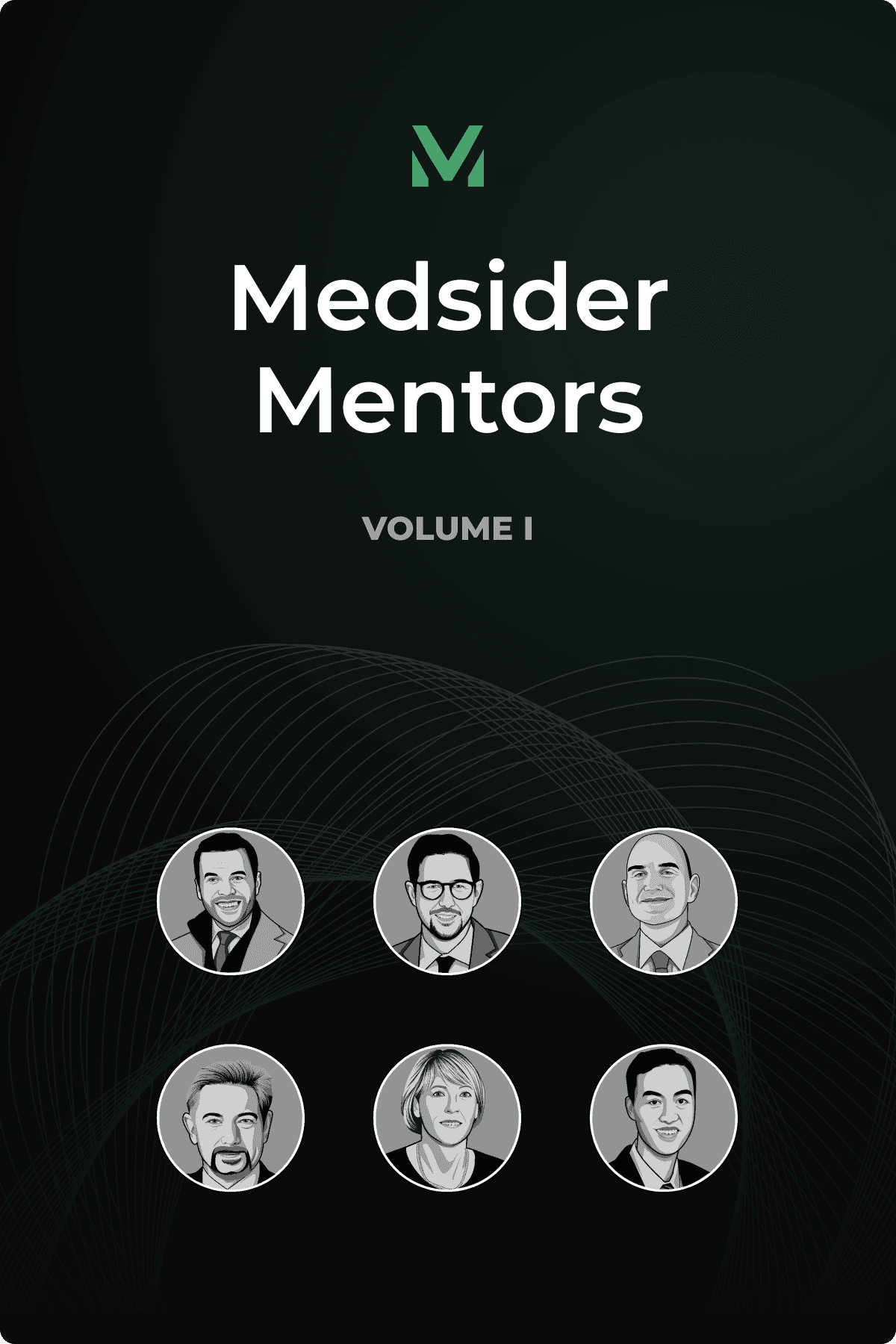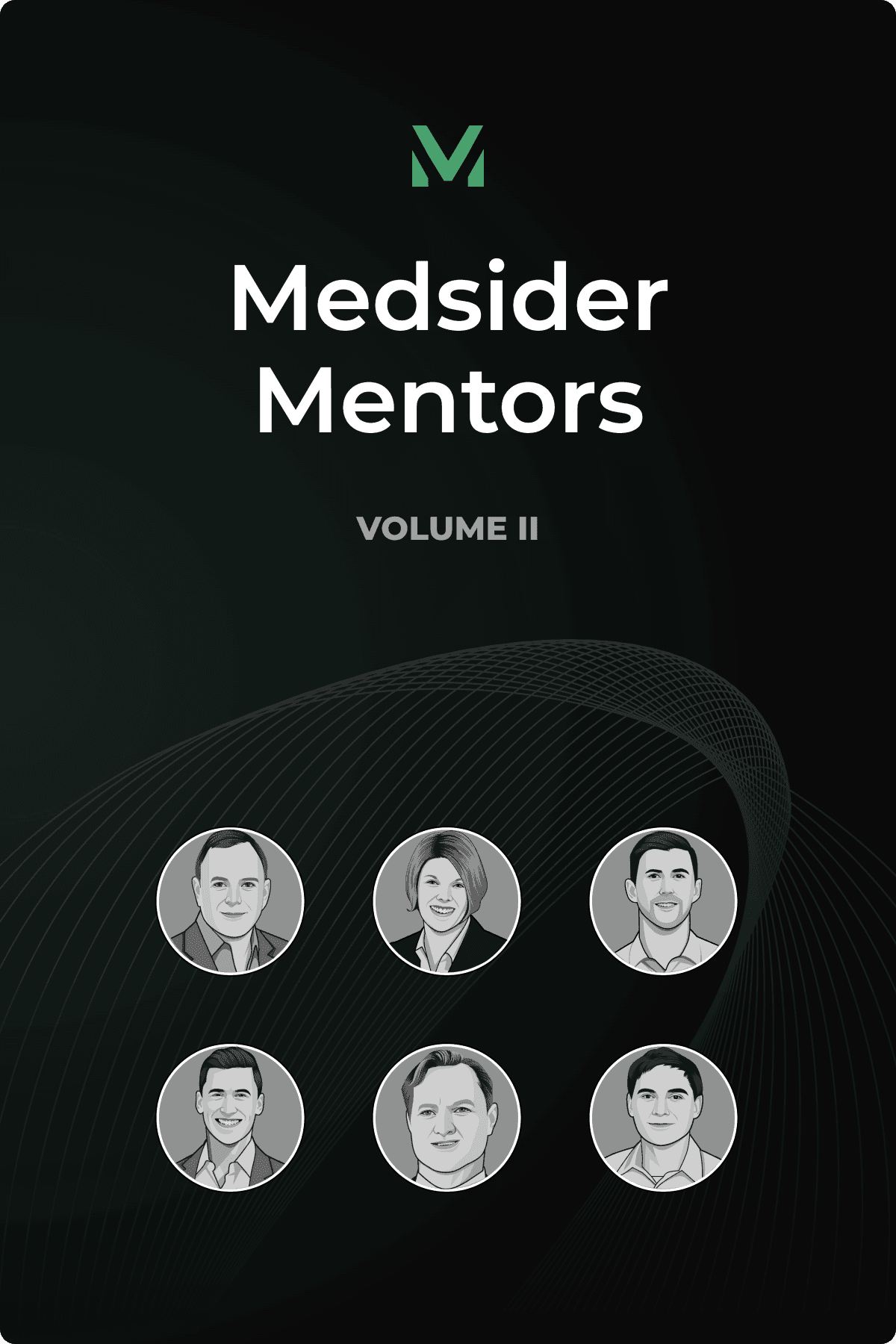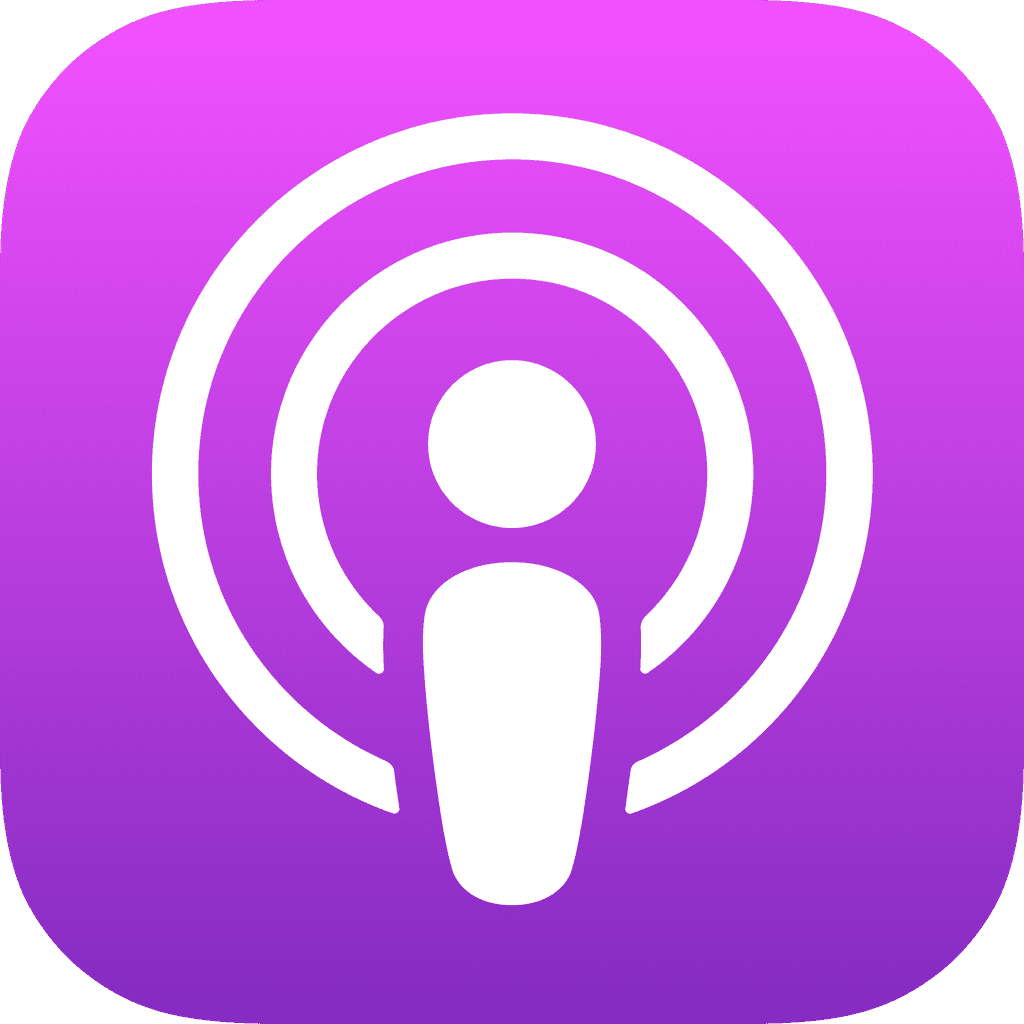Taking Retinal Imaging Beyond Ophthalmology
Interview with identifeye HEALTH CEO Vicky Demas

Key Learnings From Vicky's Experience
Don’t get seduced by technical concepts when evaluating medtech ideas. It’s critical to identify problems truly worth solving — that also have a reasonable market size. Assess the unmet need and determine if you're genuinely passionate about addressing it. Vicky explains that while market size matters, long-term value comes from scalable solutions that fit within existing workflows.
For prototypes: test early and test often. Vicky is a big believer in getting your product into testing environments as soon as possible — even before it's fully functional. This is critical because user testing reveals unexpected behaviors and preferences that can't be anticipated in the lab — and it will help you refine your product iteratively while maintaining focus on core functionality.
Fundraising during market downturns is challenging, but not impossible if you hone in on factors within your control. When external funding conditions tighten, focus on creating demonstrable value and communicating a clear path to success. Present milestones in concrete terms that investors can easily understand. You can position yourself for success by maintaining relationships rather than scrambling when capital is needed.
The human retina contains a wealth of health information beyond just eye conditions. It's this insight that drives identifeye HEALTH's vision to create individualized treatment and care plans through accessible retinal imaging.
"We're leveraging AI and automation to make retinal imaging simpler, really bring it to the masses," says Vicky Demas, CEO of identifeye HEALTH. "Our thesis is creating a tool that supports personalized, preventative healthcare."
The company is starting with diabetic retinopathy, the leading cause of blindness in working-age adults. Despite established screening recommendations and reimbursement coverage, compliance remains low primarily due to accessibility barriers. Most patients currently need specialized ophthalmology referrals, which can create delays that lead to preventable vision loss.
identifeye's system combines AI analysis with consumer-inspired design to transform a specialized procedure into an accessible screening tool. The company aims to deploy its technology in primary care offices, integrated delivery networks, and potentially retail pharmacies — locations where most patients already receive routine care.
"The focus is trying to place devices closer to patients," Vicky explains. "We've built the device in a way that is super easy to use," she adds, noting that identifeye applies consumer product development principles to create intuitive medical devices — an approach that's uncommon in diagnostics.
With product development complete, identifeye is now transferring designs to manufacturing and preparing for market entry. Their initial product will be the camera system, with autonomous AI screening capability planned as a future software update.
You May Like These Articles
Medsider Premium
Become a premium member and unlock access to exclusive Medsider benefits.



